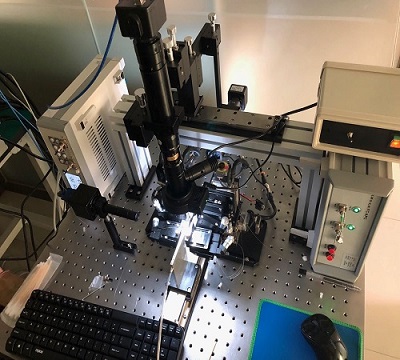Common coupling
If a group of modules access the same common data environment, the coupling between them is called common coupling. Common data environments can be global data structures, shared communication areas, common memory coverage areas, etc.
Label coupling
A group of modules transmit record information through parameter table, which is label coupling. This record is a substructure of a data structure, not a simple variable. In fact, the address of this data structure is transmitted.
Control coupling
If one module evidently controls the function of selecting another module by transmitting control information such as switches, signs, names, etc., it is the control coupling.
External coupling
A group of modules access the same global simple variable rather than the same global data structure, and they do not pass the information of the global variable through the parameter table, which is called external coupling.
Multi field coupling
In practical engineering, there are many physical fields.
The temperature field, gravitational field, humidity field and so on belong to the physical field, and many problems we have to solve are the superposition of these physical fields, because these physical fields directly affect each other. For example, when steelmaking, the temperature has an effect on the stress distribution.
The problem of superposition of multiple physical fields is called multi-field coupling problem, which is also a kind of coupling.
Energy coupling
For example, the energy coupling between primary and secondary transformers.
Data coupling
When one module accesses another module, it exchanges input and output information through simple data parameters (not control parameters, common data structures or external variables).
Content coupling
Content coupling occurs when one module directly modifies or manipulates the data of another module, or directly transfers to another module. At this point, the modified module depends entirely on the module that modifies it. If the following happens, content coupling occurs between the two modules
(1) One module directly accesses the internal data of another module;
(2) One module does not transfer to another module through normal entrance;
(3) The two modules overlap a part of the program code (only possible in assembly language);
(4) A module has multiple entries.
Indirect coupling
There is no direct relationship between the two modules. The relationship between them is completely realized through the control and call of the main module.
Alternative situations
If the following happens, content coupling occurs between the two modules
(1) One module directly accesses the internal data of another module;
(2) One module does not transfer to another module through normal entrance;
(3) The two modules overlap a part of the program code (only possible in assembly language);
(4) A module has multiple entries. Coupling strength depends on the following factors:
(1) The call of one module to another module;
(2) The amount of data transferred from one module to another;
(3) How much control one module imposes on another;
(4) The complexity of interface between modules.
Coupling can be divided into the following types according to the order from strong to weak:
(1) Content coupling. Content coupling occurs when one module directly modifies or manipulates the data of another module, or directly transfers to another module. At this point, the modified module depends entirely on the module that modifies it.
(2) Public coupling. Two or more modules referring to a global data item together are called common coupling.
(3) External coupling. If a group of modules access the same global data item, it is called external coupling.
(4) Control coupling. One module transmits a signal (such as switch value, marker, etc.) on the interface to control another module. The action of the received module is adjusted according to the signal value, which is called control coupling.
(5) Label coupling. Modules transfer complex internal data structures through parameters, called tag coupling. Changes in this data structure will change the relevant modules.
(6) Data coupling. The basic type of data is transmitted between modules through parameters, which is called data coupling.



